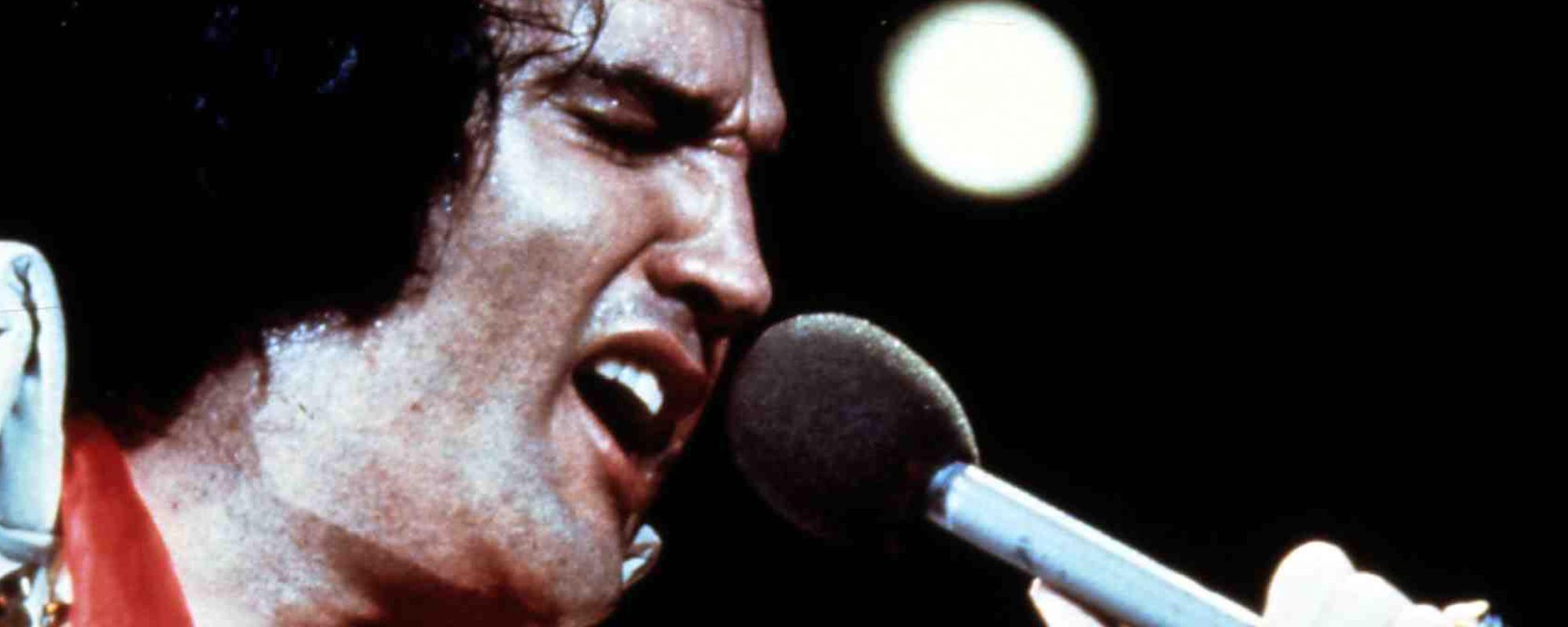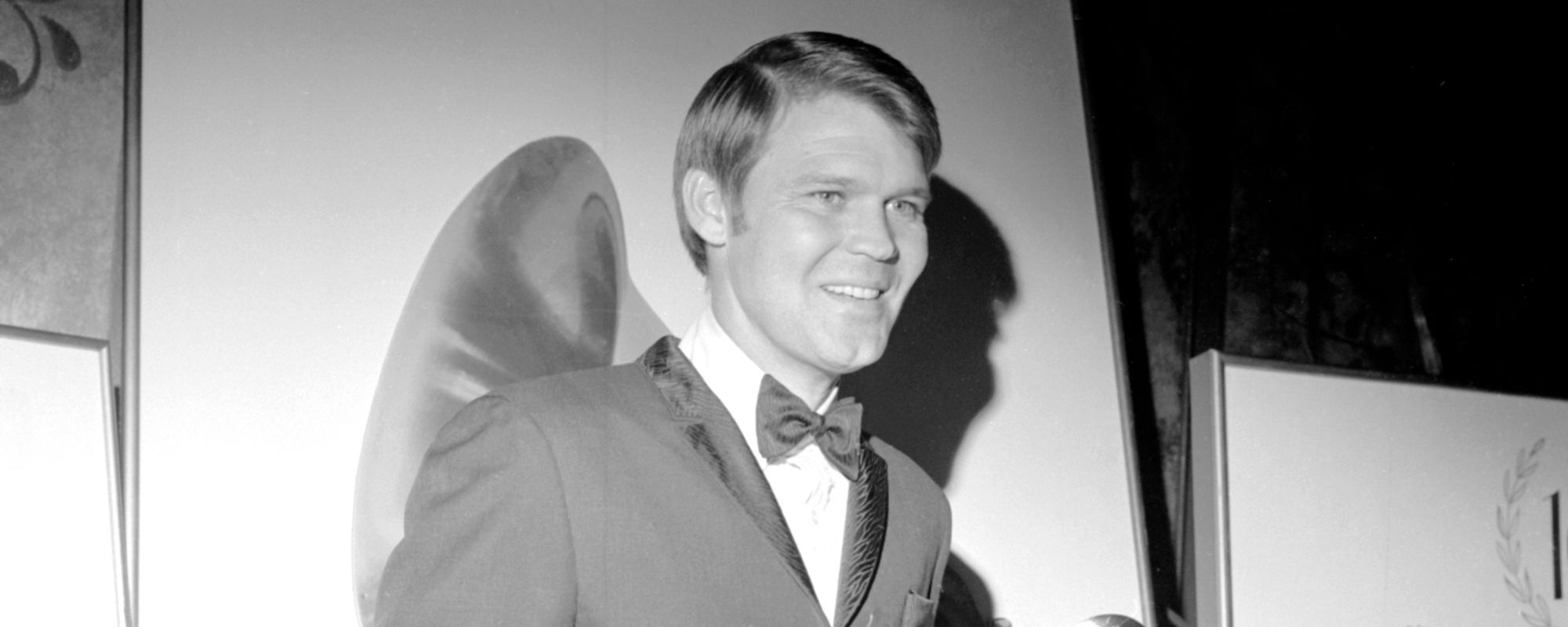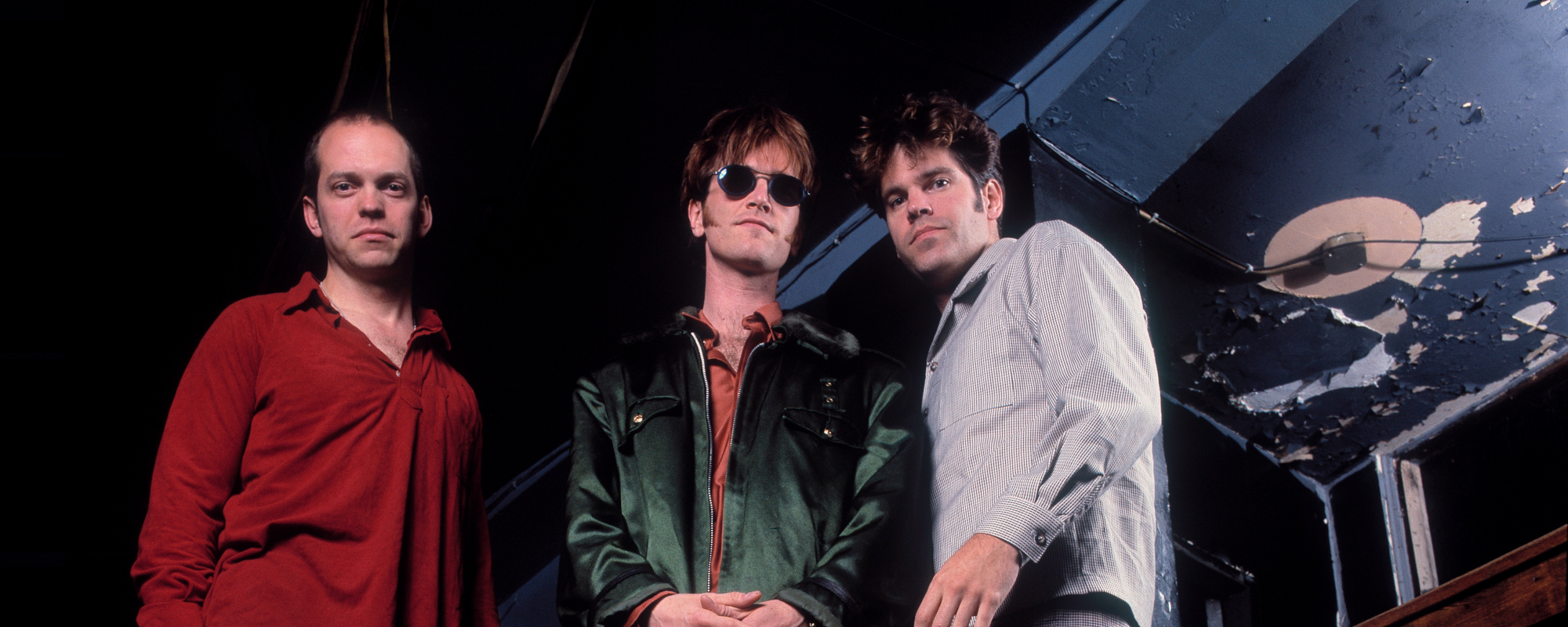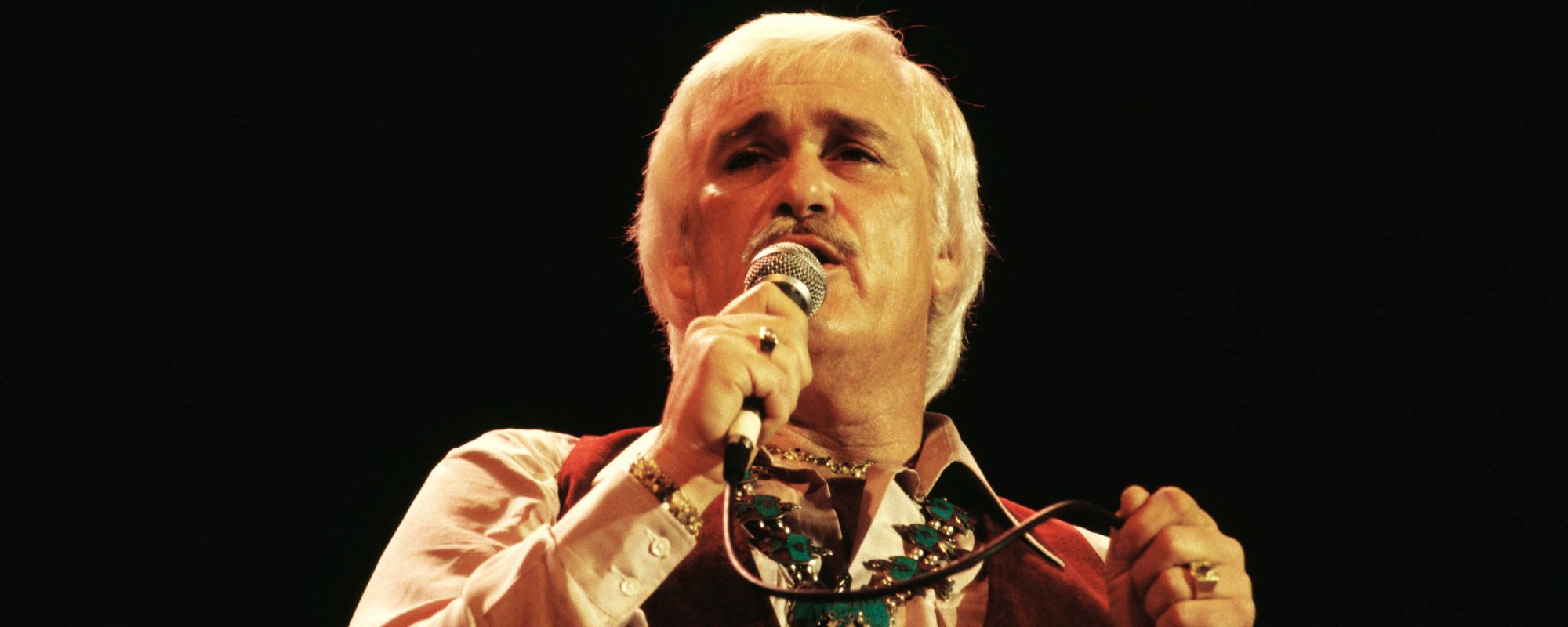Before Stevie Nicks became the icon most commonly associated with Fleetwood Mac, the band was helmed by Peter Green. In 1967, Green formed the band along with Mick Fleetwood, John McVie, Danny Kirwan, and Jeremy Spencer.
Videos by American Songwriter
Christine McVie, Lindsey Buckingham, and Stevie Nicks would join later, after Green, Spencer, and Kirwan’s departures. Fleetwood Mac’s final and most known lineup may be iconic, but, according to Mick Fleetwood, Peter Green was the longtime heart of the band.
In the late 60s, Fleetwood Mac was becoming known for their moody instrumentals and hit singles. Songs like “Black Magic Woman”, “Albatross”, and “The Green Manalishi (With The Two-Prong Crown)”.
“We weren’t a band that sat around thinking about pumping out hit records,” said Mick Fleetwood in a 1990 interview with Q Magazine. “Those singles were not written to be hits; they were written by Peter from his heart.”
Mick Fleetwood Describes Peter Green’s Influence and His Downward Spiral From Fleetwood Mac
“Albatross” came out in 1969, and went to No. 1 in the U.S. that year. When Fleetwood Mac came back from touring, they were all over the papers with their big hit.
“They’ve sold out,” said Fleetwood of the response. “It signposted what was going to happen; ‘Then Play On’ epitomized that vision Peter had of going forward, and that’s when Jeremy [Spencer] got left behind. Apart from a couple of piano things, he wasn’t on that album. We just didn’t want to keep treading water, and that album was the real start of Fleetwood Mac.”
The band had a vision of their future, spurred on by Peter Green. However, while Green could have been the sole image of the band, he purposefully split responsibilities between everyone, as was his unselfish nature. This allowed the band members to flourish together and made the band what it was.
Then Play On was a turning point for Fleetwood Mac, however, in both good and bad ways. “On ‘Then Play On’,” Fleetwood explained, “Peter started experimenting. That album still holds up, and the tragedy is that that was it, there was no more.”
On Peter Green’s Descent From the Blues-Rock High Horse
“Peter was one of those people who should never have taken acid,” said Mick Fleetwood, recalling the heavy moments. “There had been mumblings on the American tour; Peter started trying to persuade us to give all our money away.”
“He was desperate to make a stand using our really quite substantial success platform,” Fleetwood went on. “Then he started talking to the press, and I kept telling him, ‘Pete, people are going to get the wrong idea; not only are you being misquoted, but it’s making you look like a kook.’”
Peter Green had been taking large doses of LSD, which altered his mental state. He had also adopted a strange form of Christianity, wearing robes and crucifixes. Green was also obsessed with reducing his material wealth, as Fleetwood explained.
After a weird experience at a cult-like commune in Germany, the members of Fleetwood Mac realized that Peter Green was starting to drift away from the vision. He finally left the band in May 1970.
“He left in the most responsible of ways — he didn’t just turn into a space cadet overnight,” said Fleetwood. “Playing out some time with the band so we had time to absorb it. In doing that, he was probably a lot more tortured than anyone realized.”
Photo by Ivan Keeman/Redferns













Leave a Reply
Only members can comment. Become a member. Already a member? Log in.